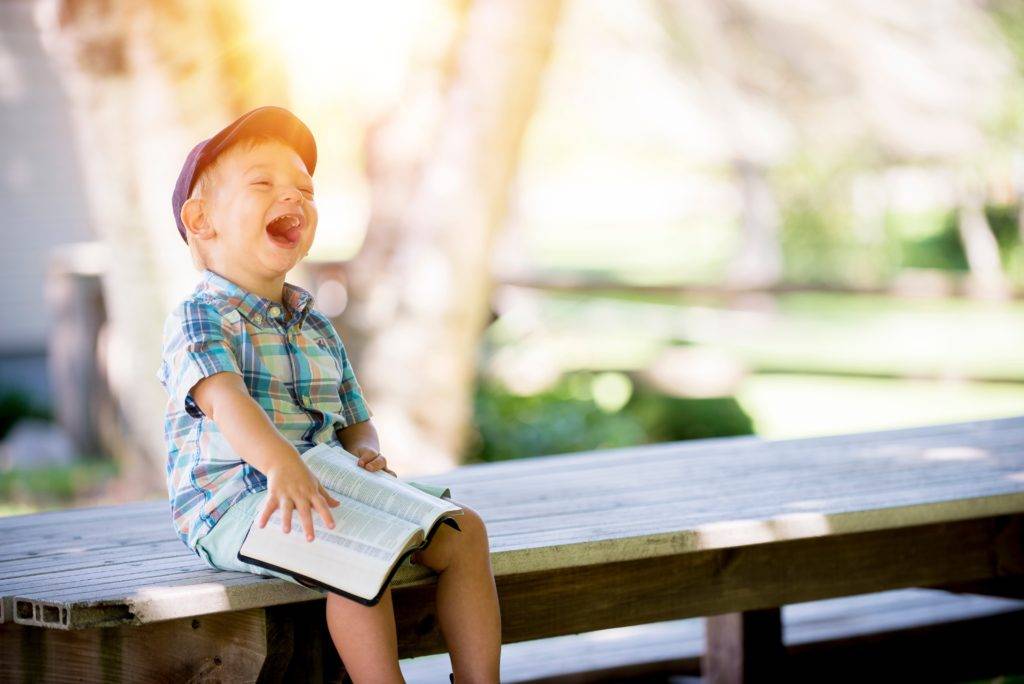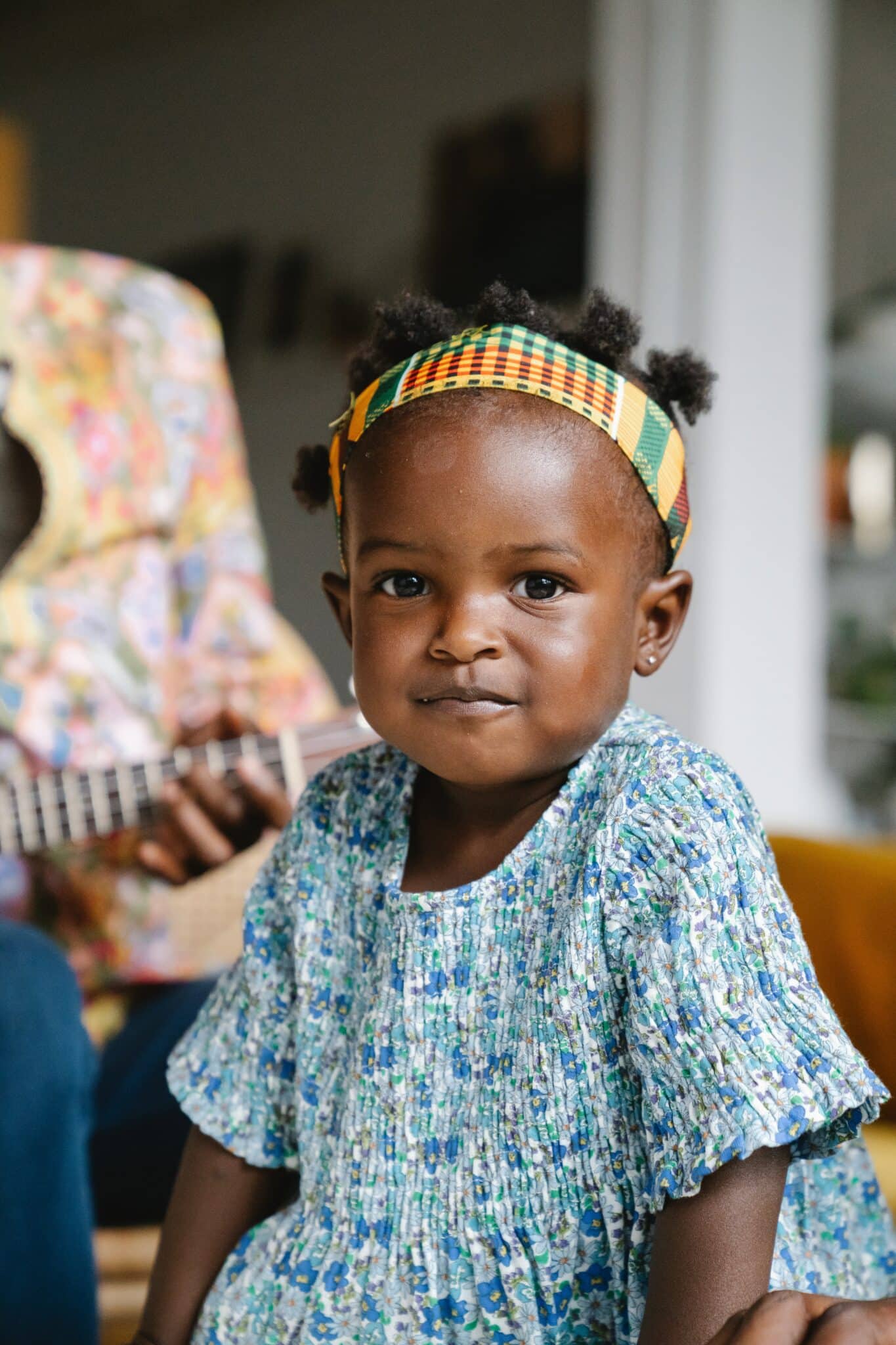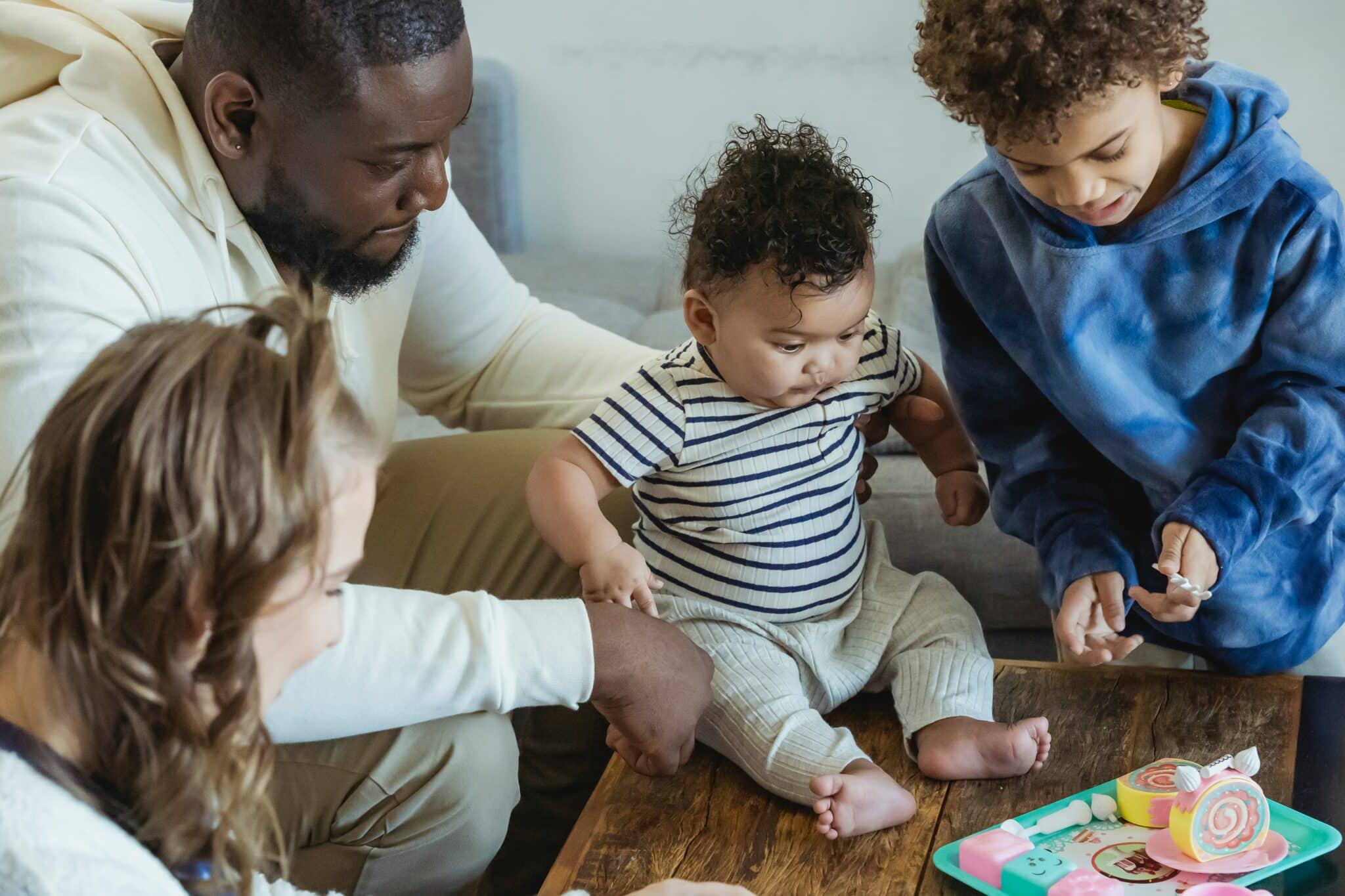Table of Contents
For many individuals, the idea of when to pierce a baby’s ears greatly varies. Many parents prefer this during the early childhood years, so babies will not remember. On the contrary, other moms prefer to wait until their child is old enough to decide and care for the piercings themselves.
The American Academy of Pediatrics (AAP) has no set regulations about how and when to pierce your baby’s ears. The organization asserts that there’s only a small risk if the piercing is done carefully and well, at any age.
Thus, you should choose a medical professional to pierce your child’s ears for safety and security, no matter how old your child is. Should you decide on piercing your child’s ears at a young age, here are some benefits for you and your child.

Why Pierce My Child’s Ears at a Young Age?
There are several factors to consider when deciding when to pierce your child’s ears. In the end, it comes down to weighing the risks and benefits of piercing your child’s ears at a young age.
Some parents prefer their child’s ears pierced earlier, believing there is a link between keloids and infant ear piercing. However, a study reveals that this only holds for children who had their ears pierced after 11 years old and had a family history of keloid formation.
Convenience
Your baby will not move much at such a young age, making the piercing process easier. A younger baby may also fidget or play with his or her ears and earrings less than an older toddler. This makes the healing process much faster and less prone to infections.
Not a Painful Memory
The sooner you pierce a baby’s ears, the less they will remember. There may be less pain as well. Some piercing sites will also simultaneously pierce your child’s ears to reduce pain.
Cultural Significance
Piercing a baby’s ears has become a tradition and rite of passage in some cultures. For example, piercing a baby girl’s ears a few days after birth is the norm in Latin America and Spain.
Baby ear piercing is also a tradition in India, Africa, Asia, and some Middle Eastern countries. In Hinduism, for example, the Karnavedha is a traditional ear-piercing ceremony that is typically performed on female children aged 1 to 5.
Ear piercings also have a significant effect on your family. “For the women in our family, it’s always been done early. I’m pleased to carry on that tradition with my daughter!” says Menzel, a Cuban-born mother of three.
Cons Of Piercing Your Child’s Ears During Their Younger Years
For many, consent is very important. Thus, some moms delay piercing their children’s ears until they’re old enough to say yes to an ear piercing.
Equally important is aftercare. Your child may not be mature enough to understand not to touch his or her ears. Thus, many parents prefer to wait until their children are responsible enough to care for their ear piercings.

When To Pierce Your Baby’s Ears
The decision solely rests with you. Infant ear piercings are fine as long as they’re done in a sanitary environment and the piercing location has been carefully cared for during the first few weeks. These will recover just as well as if you had waited until your child was older.
Right After Birth
Your child’s pediatrician might be willing to perform an ear piercing a few days after your baby returns home from the hospital. This is especially true when baby ear piercings are a customary practice.
It may be hard to find a pediatrician who does ear piercings for newborns. If they aren’t willing, ask for a referral.
3 Months After Birth
At three months old, your baby is considered an infant. Your baby’s immune system is improving. Also, your baby should have already received his DTaP vaccine during their 2-month checkup by this time.
Diphtheria, tetanus, and pertussis can all be prevented by the DTaP vaccine. Puncture wounds or infections from foreign objects—such as an unclean earring or piercing gun—are a common cause of tetanus.
To be on the safe side, many pediatricians advise waiting until your baby is three months old before piercing their ears. It’s because if your baby ever gets an infection due to the procedure, he or she is less likely to be admitted to the hospital.

What are the Risks of Ear Piercing in Children?
It’s highly important to be aware of the potential risks involved when you consider ear piercings for your little ones. Here are the possible, but minimal and less likely, health risks associated with ear piercing in children.
Infection
Whenever the skin’s protective barrier is broken, the risk of infection at the pierced site can’t be overruled. To mitigate this risk, the procedure must be done by a healthcare professional or your child’s pediatrician.
Your child’s pediatrician performs medical ear piercing, rather than regular ear piercing, with medical-grade equipment. Sterile and hygienic practices are strictly observed.
Indicators of infection may include pain or bleeding at the pierced site. This necessitates a hospital visit or a course of antibiotics prescribed by your pediatrician. Another mishap of the procedure is when the earring’s backing embeds into the piercing hole.
Keloids and Hypertrophic Scarring
Keloids are abnormal growths of scar tissue. Piercing of the earlobes is one of the most common causes of keloids in children. Children with a family history of keloid formation are more likely to develop keloids after ear piercing.
Allergic Reactions
Some children may experience allergic reactions to the earrings or the tools used in the procedure. Some babies and children are sensitive to nickel or gold, which are frequently found in jewelry. It’s important to use hypoallergenic materials to minimize this risk.
Tearing and Deformation
Post-trauma and deformed earlobes are potential complications, especially with dangling earrings. Choose appropriate earrings and avoid heavy jewelry that may cause elongation or deformation of the earlobes.
Dangling earrings and loops should never be worn because your baby might accidentally pull them out, leading to tearing. Also, your child’s earrings might get hooked on something that will only cause problems and stress for you and your child.
Children’s Ear Piercing Aftercare
Another thing to consider is the aftercare for your baby’s newly pierced ears. Here’s what to expect in terms of what you’ll need to perform daily for your child if you choose to have your child’s ears pierced at a young age.
Daily Cleaning
Clean your baby’s ears with soap and warm water around the front and back of their earlobes twice daily. Gently rotate the earrings at least once a day. While doing so, avoid pressing on the ear, as this can be painful. Dry the piercing area after cleaning to avoid dampness.
Monitoring for Infection
Look out for any signs of infection. Remove your child’s earrings with clean hands if you notice any symptoms. Clean the piercing sites with soap and warm water, and consult your baby’s doctor about the need for topical medication.
Before re-inserting the earring, your child’s pediatrician may advise using an antibiotic on the earlobe and the affected earring. If your baby develops a fever and your child’s earlobe becomes red and swollen, please seek medical attention immediately.
Earring Swaps
Change out your baby’s earrings only after six weeks, when the ear lobes have fully healed. Ensure that the new earring is made of surgical steel or at least 14-karat gold. Other components or mixed-metal earrings can cause an allergic reaction.
Choose baby earrings that are tiny, round, and flat in front, if possible. The post should be rounded with a small point at the end, and the fastener must cover the entire back of the earring.
Looking For A Pediatrician Near Me
Pierce your baby’s ears at a healthcare professional’s clinic that you can trust to be sterile and sanitary. It’s not uncommon for pediatricians to perform ear piercings, but if your child’s pediatrician doesn’t, ask for a referral.
Don’t allow your baby’s ear to be pierced in a jewelry store or shopping center kiosk, as these establishments typically use piercing guns rather than needles, which can’t be sterilized. Also, the workers are frequently inexperienced and receive minimal supervision.
Medical professionals who pierce young children’s ears use sterilized needles and hypoallergenic surgical steel starter earrings designed for this purpose. They treat medical ear piercings similarly to any other healthcare procedure.
If you’re looking for a pediatrician who does ear piercing in Roswell, Georgia, Omega Pediatrics is here for you. We offer pediatric ear piercings in a safe and sterile environment.
Pierce Your Child’s Ears When You’re Ready
Piercing your baby’s ears at any age is deemed safe. Although some parents prefer to delay since babies’ ears may change shape as they grow, It might be less painful to pierce a baby’s ears earlier. However, some parents may prefer to wait until their child is older to ask if they want their ears pierced.
Ear piercing is an important cultural practice in certain communities. It’s solely a personal decision. If you have concerns or need clarification about piercing your baby’s ears, consult your child’s pediatrician.
Omega Pediatrics offers ear piercings as one of its services. We take pride in our expertise in pediatric healthcare, giving you a safe and thorough medical ear piercing. Entrust your little one’s ear piercing with us; rest assured, you’re in good hands.
FAQ
Why should I consider piercing my child’s ears at a young age?
Piercing your child’s ears at a young age offers convenience as babies are less likely to move, leading to faster healing and reduced infection risks. Additionally, it may not form a painful memory for them, and it holds cultural significance in many communities.
When is the best time to pierce my baby’s ears?
The decision is yours, but pediatricians often recommend waiting until your baby is at least three months old and has received their DTaP vaccine. Piercing right after birth or a few days later is also an option in some cultures.
What are the risks associated with ear piercing in children?
While ear piercing in children is generally safe, there are minimal risks such as infection, keloid formation, allergic reactions, and tearing. Choosing a medical professional and following proper aftercare can minimize these risks.
How should I care for my child’s newly pierced ears?
Clean the piercing site twice daily with soap and warm water, gently rotate the earrings, and monitor for signs of infection. Avoid changing earrings until the earlobes have fully healed, and opt for hypoallergenic materials to prevent allergic reactions.
Where can I get my child’s ears pierced in a safe environment?
Choose a healthcare professional or pediatrician’s clinic for sterile and sanitary ear piercing. Avoid jewelry stores or kiosks that use piercing guns, as they may lack proper sterilization and expertise in pediatric ear piercing.



